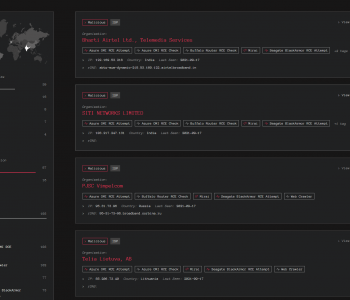 Guides
Guides
Cyber Threat Intelligence Resources
There are so many lists of “tools” of “free resources” for “cyber” etc. Well I don’t want to make a list of stuff for social media, this isn’t the TOP x tools, this is simply some resources that I use on a regular basis that should give people a fairly good idea of where to start looking. Cyber sleuthing is a mixture of:
- HUMINT
- OSINT
- CSINT
- RUMINT
- SIGINT
- SOCMINT


